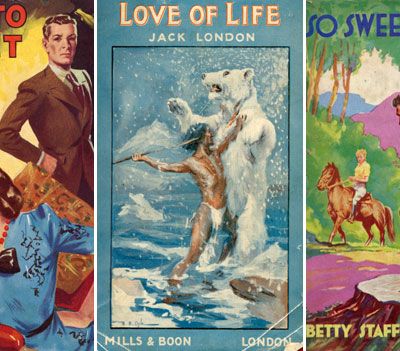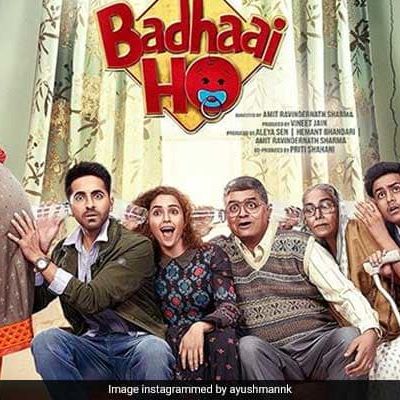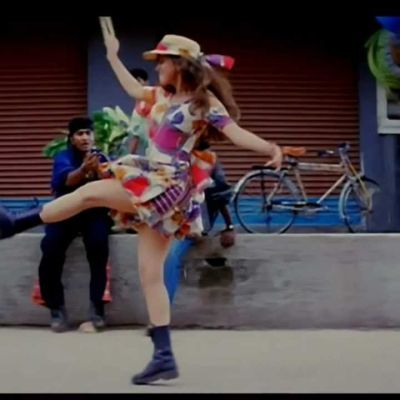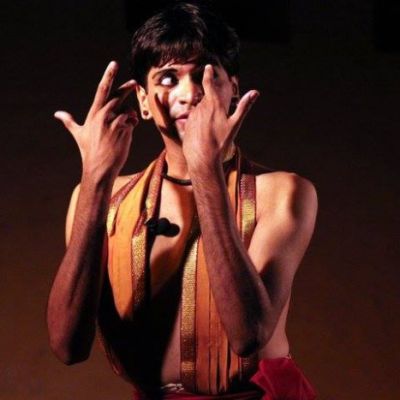popular culture
It is the winter of 2013, and my father and I are sitting at an awkward distance from each other on the living room couch, our eyes trained on the television set as a popular prime time news debate discusses a subject we have never before talked to each other about – homosexuality. It is only a few days since Section 377 has been reinstated by the Supreme Court, and the television and print media bombards us with discussion after discussion on ‘alternate’ sexualities and LGBTQ rights.
Female sexuality isn’t in the closet any more. If you look at the spate of films that have been released in the past couple of years, they seem to tell us that women mouth expletives, watch porn and don’t mind talking about orgasms—things taken for granted when it comes to men.
अंत में, मुझे तो फिल्में विषयों और परिस्थितियों को एक अन्य अंदाज़ से देखने का अवसर देती हैं। मैंने फिल्मों को देखकर शरीर और इसकी इच्छाओं के बारे में बहुत कुछ जाना है – मैंने समझा है कि दर्द जो कुछ लोगों के लिए दर्द होता है, वही दूसरों के लिए आनंद के स्रोत बन सकता है। मैंने यह भी जाना है कि पैसे का लेन–देन करके किया जाने वाला सेक्स हमेशा अपराध नहीं होता और यह कि सभी लोग आनंद का अनुभव करते हैं और कर सकते हैं।
Comicbooks sell us the fantasy of larger-than-life superheroes, the victory of good over evil, the promise of fighting for a better, inclusive world. But alas, when it comes to the characters themselves, this very inclusivity is often nowhere to be found.
The short film Leading Lady Parts offers incisive commentary on how femininity and female sexuality are represented in popular culture.
यहाँ लड़कियों के लिए सेक्स करना सामजिक रूप से बहिष्कृत हो जाने जैसा अनैतिक काम है या कहिये कि यह गैर-कानूनी ही है, हालांकि कानूनन इसे गैर-कानूनी घोषित नहीं किया गया है।
When representing sexuality, these stories went beyond dramatic and one-dimensional representations of sex and sexual orientation.
Each time I would look into the mirror, I would see the love handles bulging through my shirt and cringe inwardly. Mills and Boon had convinced me that my body was not loveable like that of the thin, beautiful protagonists, and thus, there would no knights coming for me on horses, now or later.
BDSM has been existent in discussion all the way from the time of the Marquis de Sade. However, the only thing that ’Fifty Shades of Grey’ seems to have done is shine the spotlight on a lifestyle that has existed and been judged for quite some time now.
While pop culture will continue to exist in the mainstream, it also provides us the scope to create alternative narratives and/ or counter-narratives that question, challenge and unpack the existing stereotypes and norms.
इस तरह से नाचना न केवल सार्वजनिक स्थानों पर अपनी मौजूदगी दर्ज करने का तरीका हो सकता है बल्कि यह अपने निजी शरीर में आनंद पाने का उपाए भी है – एक ऐसा आनंद जिसे आजतक केवल काम करते रहने में ही आनंदित होने तक सिमित कर दिया गया था।
Deena Mohamed, Egyptian artist, illustrator and designer, speaks to us about her art and her perspective on politics, patriarchy, feminism, and gender and sexuality.
The discursive power vested in audio-visual media can prove to be emancipatory if it seeks to re-write the scripts of love, to expand it to include various subjectivities, disturb the patriarchal gendered dynamics that it is based on by introducing a story that allows the audience to imagine it in various different ways.
घर के काम-काज से
निपट कर
औरतें
दोपहर में
शायद यही बातें करती होंगी
एक अलग जेंडर के शरीर के लिए मेरी इच्छा निरंतर और बेदर्द नहीं थी। ये तेज लहर सी होती और हमेशा मुझे उस शरीर के साथ काफ़ी संतुष्ट छोड़ जाती जो मेरे पास था। बृहन्नला का अवतार उस प्रकार की अस्थायी और पलटने योग्य संभावना के लिए एक संदर्भ बिंदु या आदर्श रूप बन गया।















